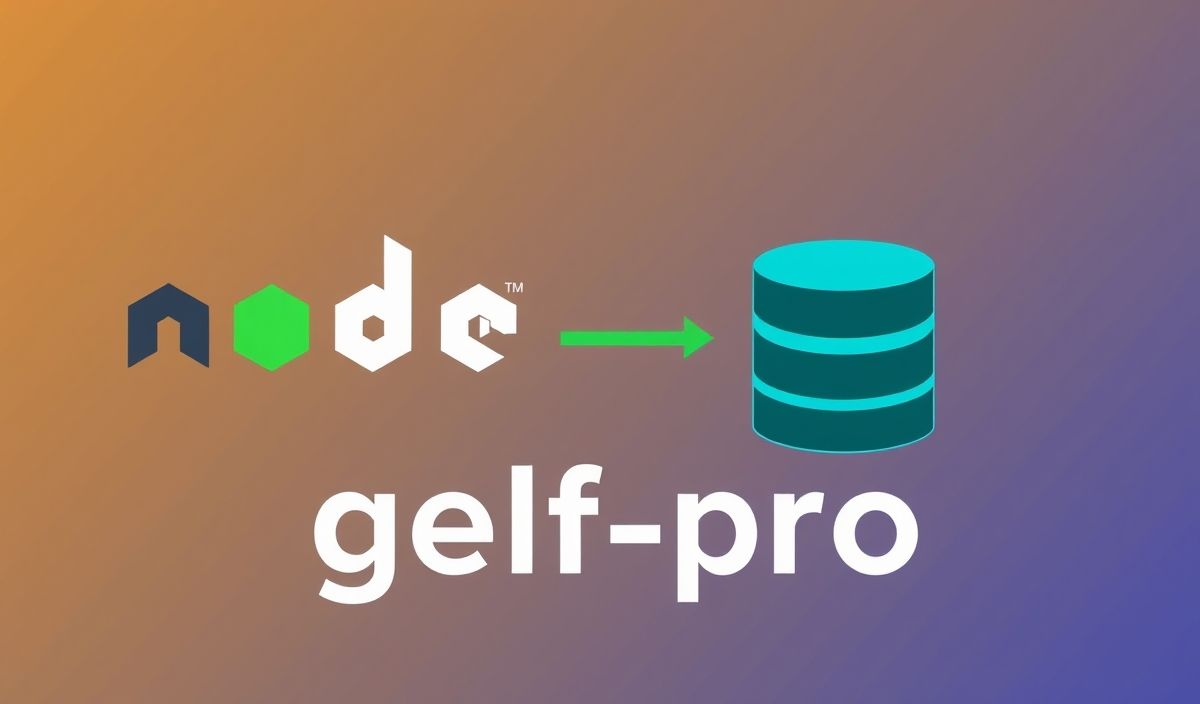Giotto: Transforming Machine Learning with Topological Data Analysis
Giotto is a cutting-edge Python library designed to incorporate topological data analysis (TDA) into machine learning and data-driven applications. Giotto enables data scientists and developers to extract robust topological features from complex datasets, allowing for better predictive models and deeper insights.
Key Features of Giotto
The library offers dozens of APIs aimed at simplifying the integration of TDA in data science workflows. Below is an extensive overview of its main functionalities along with code snippets to illustrate each feature.
1. Persistent Homology Computation
Giotto provides tools for computing persistent homology, a fundamental step in TDA for analyzing the shape of data.
from gtda.homology import VietorisRipsPersistence import numpy as np # Example data data = np.random.rand(10, 3) # Persistent homology computation VR_persistence = VietorisRipsPersistence(homology_dimensions=[0, 1, 2]) diagrams = VR_persistence.fit_transform([data]) print(diagrams)
2. Mapper for Data Summarization
Create a simplified representation of complex datasets using Mapper, a visual and structural tool in TDA.
from gtda.mapper import make_mapper_pipeline # Dummy data data = np.random.rand(100, 3) # Mapper pipeline pipeline = make_mapper_pipeline() graph = pipeline.fit_transform(data) print(graph.nodes) # Access mapper graph nodes
3. Betti Curve Extraction
Extract Betti curves to analyze homology in a combinatorial dataset.
from gtda.diagrams import BettiCurve betti = BettiCurve() betti_curves = betti.fit_transform(diagrams) print(betti_curves)
4. Persistence Image Transformation
Transform persistence diagrams into metric-friendly persistence images.
from gtda.diagrams import PersistenceImage persistence_image = PersistenceImage() images = persistence_image.fit_transform(diagrams) print(images.shape) # Check image dimensions
5. Heat Kernel Transformation
Apply the Heat Kernel method to analyze topological features of datasets.
from gtda.diagrams import HeatKernel heat_kernel = HeatKernel() heat_kernel_transformed = heat_kernel.fit_transform(diagrams) print(heat_kernel_transformed)
6. Introduction to Persistent Entropy
Compute entropy in persistence diagrams for statistical insights.
from gtda.diagrams import PersistentEntropy persistent_entropy = PersistentEntropy() entropy_scores = persistent_entropy.fit_transform(diagrams) print(entropy_scores)
Application Example: Image Classification Using Giotto
Let’s design a simple image classification pipeline with the help of Giotto’s TDA APIs.
from gtda.homology import VietorisRipsPersistence
from gtda.diagrams import PersistenceImage
from sklearn.ensemble import RandomForestClassifier
from sklearn.model_selection import train_test_split
import numpy as np
# Generate example data (e.g. preprocessed image features)
X = np.random.rand(100, 50) # 100 samples with 50 features each
y = np.random.randint(0, 2, 100) # Binary classification labels
# Split data into train and test
X_train, X_test, y_train, y_test = train_test_split(X, y, test_size=0.2)
# Compute persistent homology
VR_persistence = VietorisRipsPersistence(homology_dimensions=[0, 1])
X_train_diagrams = VR_persistence.fit_transform(X_train)
X_test_diagrams = VR_persistence.fit_transform(X_test)
# Transform persistence diagrams into images
persistence_image = PersistenceImage()
X_train_images = persistence_image.fit_transform(X_train_diagrams)
X_test_images = persistence_image.fit_transform(X_test_diagrams)
# Classification with RandomForest
clf = RandomForestClassifier()
clf.fit(X_train_images.reshape(80, -1), y_train)
score = clf.score(X_test_images.reshape(20, -1), y_test)
print(f"Classification accuracy: {score}")
Conclusion
Giotto is an invaluable tool for incorporating the power of TDA into various data science and machine learning projects. With features ranging from persistent homology to mapper analysis and persistence image transformations, Giotto provides a unique way to analyze and enhance insights from complex datasets.
By implementing simple to advanced workflows like the image classification example above, Giotto proves itself as a versatile library for data scientists aiming to extract topological features efficiently and effectively.
Try Giotto Today
Ready to take your data analysis to the next level? Install Giotto via pip install giotto-tda and start building robust machine learning pipelines enriched with TDA capabilities. Explore more about Giotto on its official GitHub repository.




